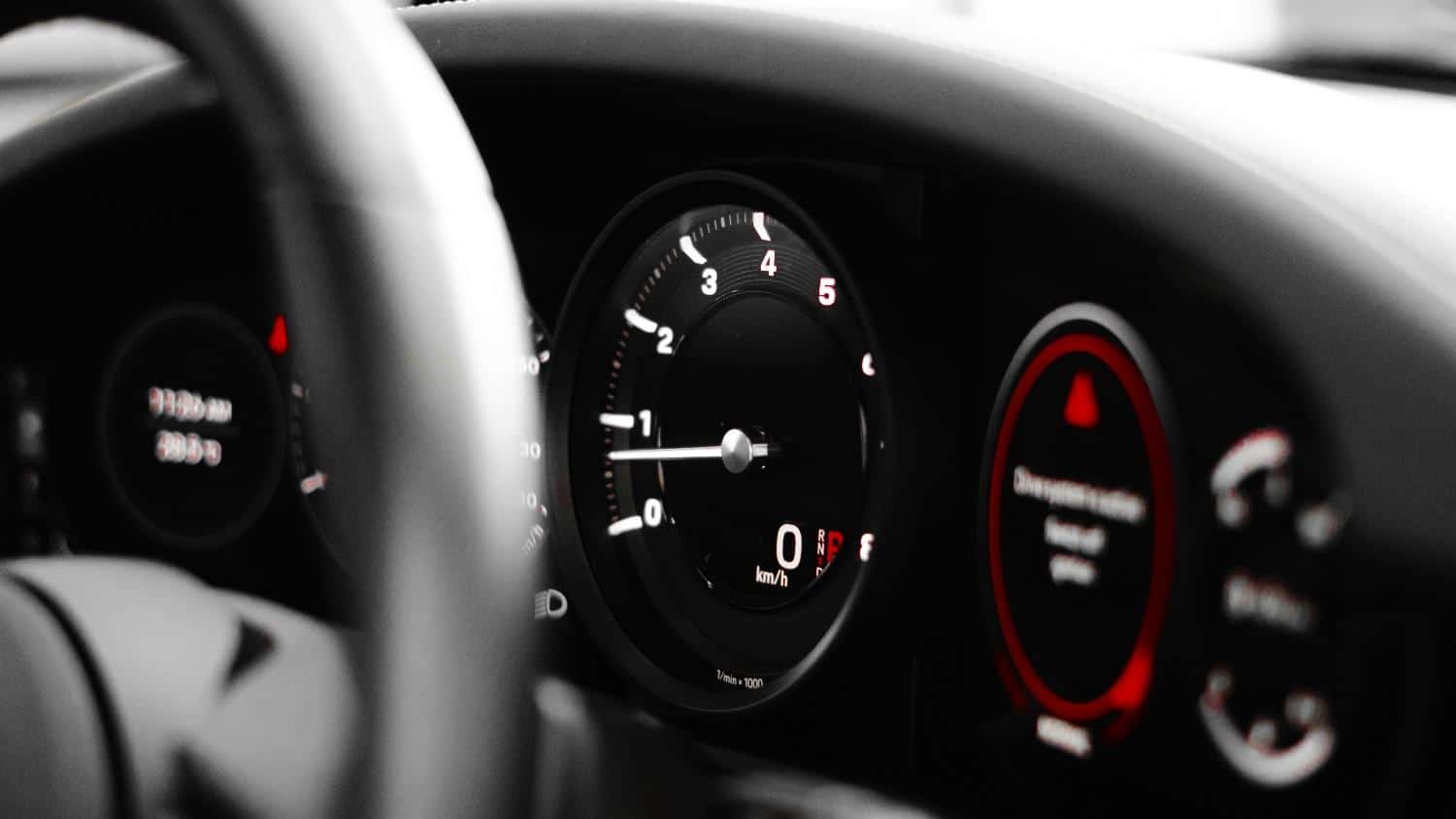Should I Pay Extra to Protect My No Claims Bonus?
Table of Contents
Protecting your no claims bonus (NCB) usually costs a little extra, but it could save you money in the long run. It allows you to keep some or all of your discount after making a claim, depending on the insurer’s rules.
Whether it’s worth paying for depends on your driving history, risk level and how much discount you’ve built up. To get a better idea of how this impacts your price, you can compare different car insurance options.
This guide looks at when paying to protect your no claims bonus makes financial sense, plus when it might not.
Key points
Here are some quick facts to help you decide whether to pay for no claims bonus protection:
- You keep your NCB even after making a claim, depending on the insurer
- It’s usually only available if you’ve built up at least 3 or 5 years’ NCB
- The cost to add it is small compared to how much your NCB could save
- Some insurers allow limited claims before your bonus is affected
- It doesn’t stop your price going up if you make a claim
- You can remove or add it at renewal, not mid-policy
- You might not need it if your policy already includes accident forgiveness
Understanding the pros and cons of bonus protection can help you make the right choice for your situation.

How does no claims bonus protection work?
No claims bonus protection is an optional extra that lets you keep your NCB after certain claims. Each insurer sets their own rules, but most allow one or two claims over a three to five-year period without affecting your bonus.
Without protection, a claim could reduce your bonus by a few years or wipe it out entirely. This drop could lead to a noticeable price increase at renewal. With protection, your discount stays intact, though your overall premium may still rise.
How much does no claims bonus protection cost?
It depends on your insurer, but it’s normally a small extra charge added to the price of your policy. For most drivers, it adds around £20 to £30 per year, though this varies based on your car, driving history and number of bonus years built up.
It may also cost less than the potential price hike you’d face after an at-fault claim without protection. Some insurers bundle it into comprehensive cover, so check your quote before adding it separately.
Is it worth protecting a no claims bonus?
It can be worth it if you have several years of bonus and want to avoid losing them in case of a claim. The more years you’ve built up, the bigger the discount protecting. Insight shows that drivers with 5+ years of NCB can save up to 60% off their base premium.
That said, it won’t stop your premium going up after a claim. Insurers still adjust prices based on your risk level, even if your bonus stays the same. The value comes from keeping your years when switching insurers and avoiding steep rises from losing your discount.
Who should consider paying to protect their NCB?
You might benefit from protecting your bonus if:
- You’ve built up 5 or more years of NCB
- You rely on switching each year to find savings
- You drive regularly or have a longer commute
- You’ve made no claims in years and want to keep that streak
- Your insurer has strict rules about bonus reduction after a single claim
If your policy is already cheap or your NCB is low, the value of protecting it may be minimal.
When might it not be worth paying for?
Protecting your no claims bonus doesn’t always add value. Cases where it may not be worth it include:
- You have fewer than 3 years of NCB
- Your insurer only reduces your bonus slightly after a claim
- You rarely drive and feel low risk of claiming
- You plan to stay with the same insurer and they offer loyalty-based rates
It’s also worth checking if your insurer includes any type of accident forgiveness or premium cap. If that’s in place, protecting your NCB might not be necessary.
Does a claim still affect my price if my bonus is protected?
Yes. While protection keeps your discount in place, your price may still rise. This is because insurers use other factors besides NCB to calculate your cost, including your claims history, driving behaviour, and any fault involved.
So even with bonus protection, you could still face higher premiums. The protection simply shields the bonus years you’ve earned, allowing you to keep a bigger discount than if your bonus were reset.
Can I add or remove bonus protection mid-policy?
Normally not. You can usually only choose to protect or remove bonus protection when renewing your policy or switching to a new insurer. If you’re mid-term, you’d have to cancel and start a new policy, which can come with cancellation fees.
If your circumstances have changed and you’re unsure whether to keep it at renewal, compare prices with and without bonus protection added using your insurer’s quote tool.
Will my bonus be protected if the accident wasn’t my fault?
That depends. If your insurer recovers all costs from the other party’s insurer, your claim may not affect your NCB at all. But if there’s shared blame or they can’t recover everything, it may still count against you.
Bonus protection only applies to claims that would normally reduce your bonus. It doesn’t guarantee immunity from all accidents, especially where liability is unclear.
In Summary
Paying extra to protect your no claims bonus can be worth it if you’ve built up several years of discount and want to keep your savings after a claim.
It won’t freeze your price, but it could prevent bigger jumps and make future switching easier. You can learn more about bonus protection and compare car insurance quotes and features here.
Compare Car Insurance
Don’t have your registration number? No problem, click here.
Our recommended guides
max_posts: 4
posts_per_page in Query: 4
Posts found (paged query): 50
Posts found (all): 50
WP_Query args:
Array ( [post_type] => guide [posts_per_page] => 4 [post_status] => publish [tax_query] => Array ( [0] => Array ( [taxonomy] => guide_category [field] => term_id [terms] => Array ( [0] => 3481 ) [operator] => IN ) ) )









